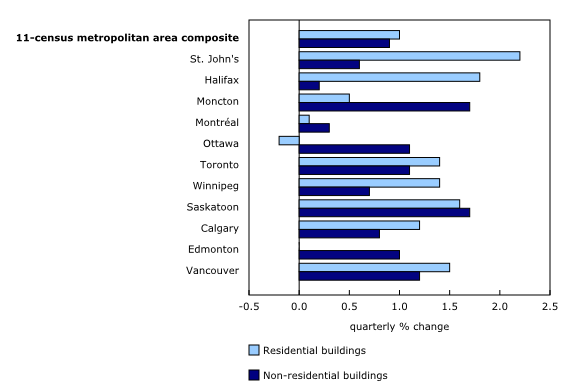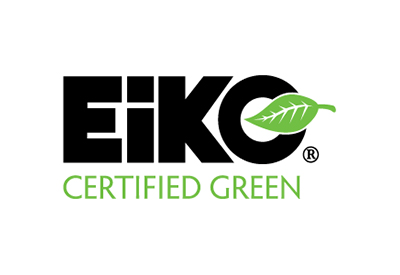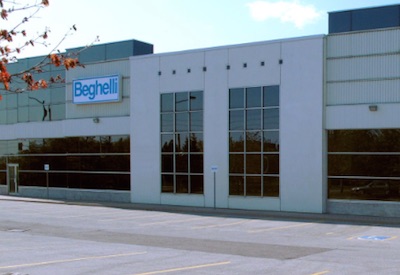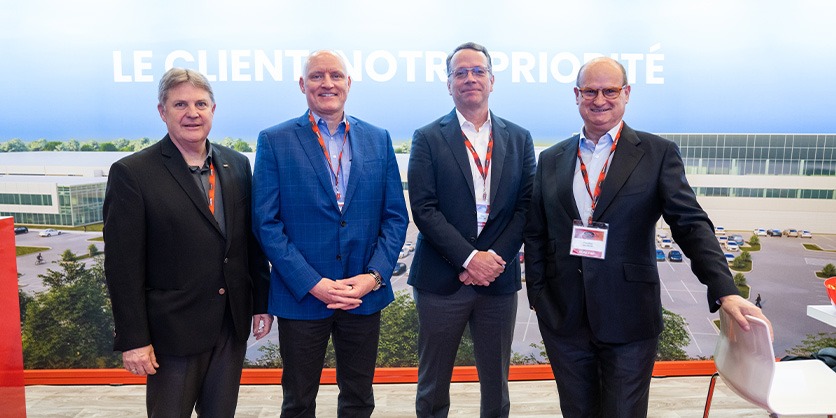Building Construction Price Indexes, Third Quarter 2023
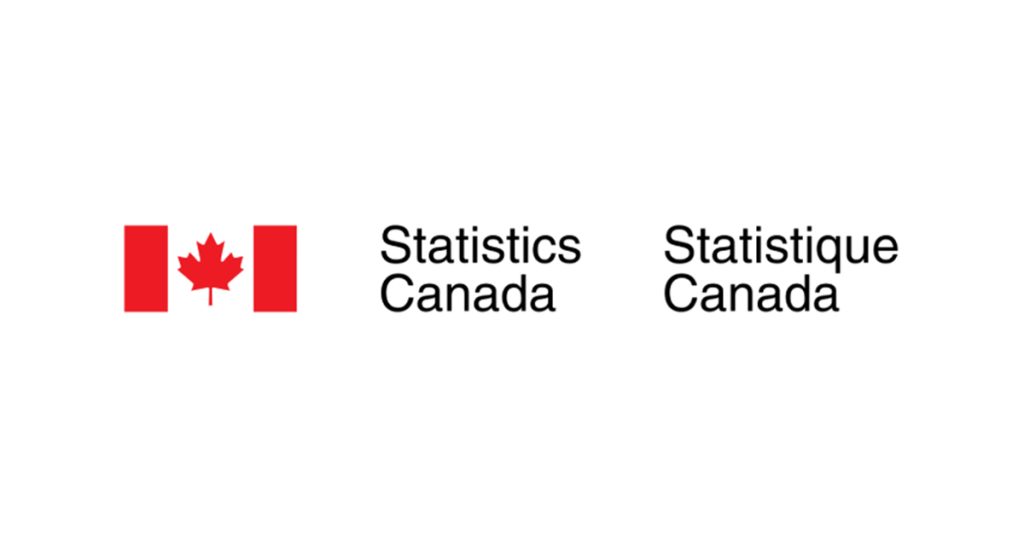
November 6, 2023
National overview
Residential building construction costs increased 1.0% in the third quarter, following a 2.0% increase in the previous quarter. Meanwhile, non-residential building construction costs rose 0.9% in the third quarter, following a 1.6% increase in the previous quarter.
This marked the slowest quarterly growth in residential building construction costs since the second quarter of 2020 and in non-residential building construction costs since the fourth quarter of the same year.
Year over year, construction costs for residential buildings in the 11-census metropolitan area (CMA) composite rose 6.0% in the third quarter of 2023, while non-residential building construction costs saw a similar increase of 5.9%. Toronto (+10.0%) led year-over-year growth in construction costs for residential buildings, while Moncton (+12.3%) led growth for non-residential buildings.
Skilled labour shortages and the resulting increases in wage rates, availability of materials, and interest rate pressure were all reported as key factors impacting the construction sector.
Chart 1
Building construction price indexes, quarterly change, third quarter of 2023
Atlantic provinces report largest increases in residential construction costs
In the third quarter, residential building construction costs rose in 9 of the 11 CMAs measured. St. John’s (+2.2%) saw the largest quarterly increase, followed by Halifax (+1.8%). Ottawa (-0.2%) was the only CMA to record a decline in residential construction costs.
In the 11-CMA composite, the cost to build high-rise apartment buildings (+1.7%) grew the most of all residential buildings in scope of the survey, followed by single-detached houses (+1.0%).
In overall residential building construction divisions, conveying equipment (+3.2%) and masonry (+3.1%) recorded the largest quarterly increases in the third quarter. Communications (-0.8%), which includes telecommunications and cabling products, and wood, plastics and composites (-0.6%) experienced quarterly price declines.
Rising equipment costs lead the increase in non-residential construction costs
Costs to construct non-residential buildings increased the most in Moncton and Saskatoon (each up 1.7%), followed by Vancouver (+1.2%) in the third quarter.
Of all non-residential buildings surveyed, the cost to build office buildings (+1.1%) rose the most in the 11-CMA composite, followed by bus depots, shopping centres, and warehouses (each up 1.0%) in the third quarter.
Non-residential building construction costs increased across most divisions, with conveying equipment (+2.1%) seeing the largest increase, followed by general requirements and equipment (each up 1.6%). Communications (-0.4%) and fire suppression (-0.1%) saw cost declines.

